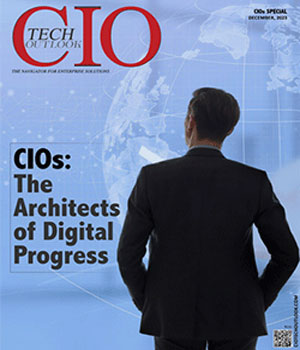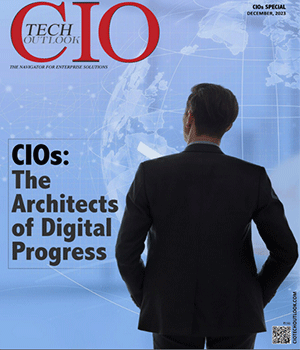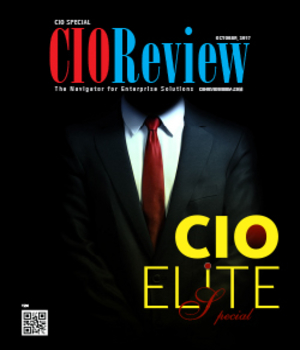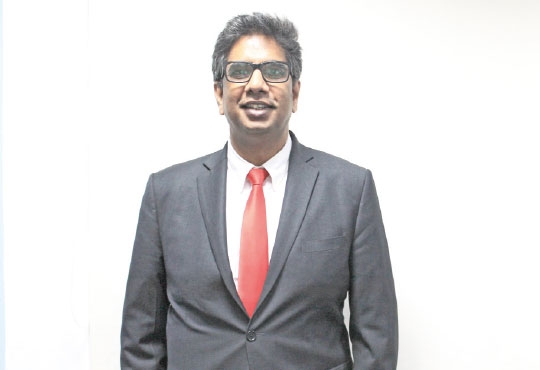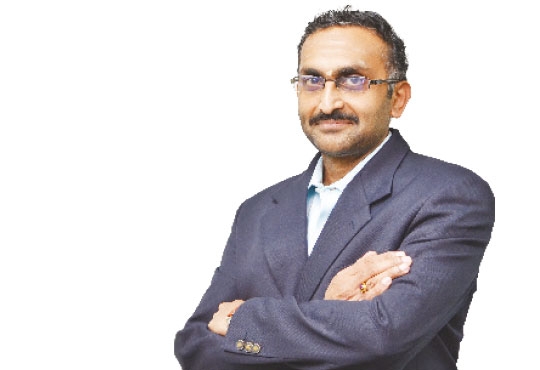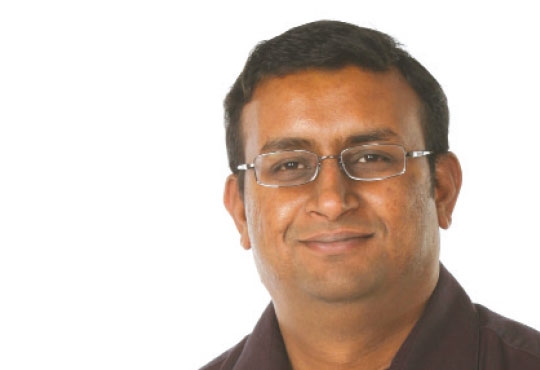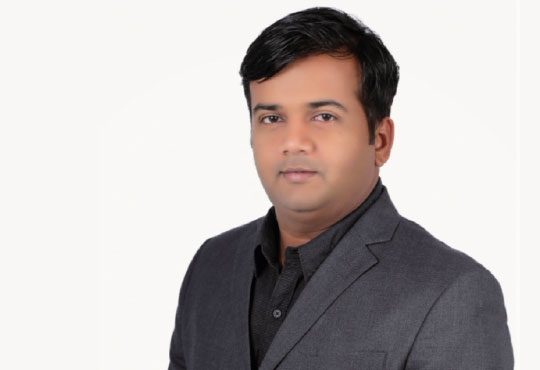
Business Intelligence POD Models in Healthcare
Arun Rangamani, SVP - Analytics & Technology, SCIO Health Analytics | Friday, 06 October 2017, 13:45 IST
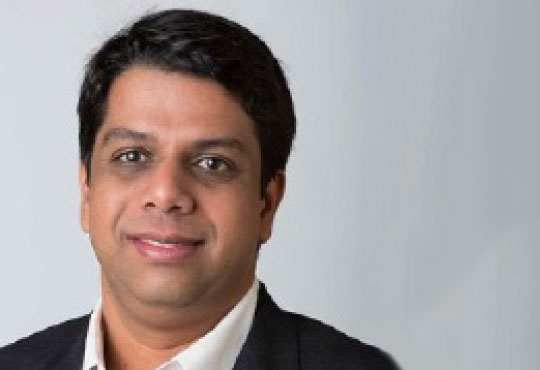 Healthcare business intelligence and analytics today needs to be faster, more comprehensive and more insightful than ever before. It’s a tall order that is proving to be too much for current business intelligence models. Emerging business intelligence PODs - or cross-functional and multidisciplinary teams that bring together design and engineering to deliver the optimal results - could come to the rescue and eventually take hold as the new centers of excellence (CoE) that will deliver much needed value in these demanding times. Instead of approaching business intelligence with teams composed of homogenous staff members, the POD teams will consist of a diverse array of staff members such as data scientists/ statisticians, big data engineers, clinical staff, healthcare coding experts, application developers, visualization experts, tech writers and technology enablers. These teams would come together under a POD owner who will create the right skill/effort capacity combination for the specific deliverable at hand. In addition, members of the POD team would receive specific business intelligence training from the business intelligence solution vendor. These POD team members would collaborate in an intricate fashion through a well-designed framework and defined metadata for their roles to create the tapestry needed for the delivery of the insightful intelligence that is needed to solve the most pressing healthcare challenges.
Healthcare business intelligence and analytics today needs to be faster, more comprehensive and more insightful than ever before. It’s a tall order that is proving to be too much for current business intelligence models. Emerging business intelligence PODs - or cross-functional and multidisciplinary teams that bring together design and engineering to deliver the optimal results - could come to the rescue and eventually take hold as the new centers of excellence (CoE) that will deliver much needed value in these demanding times. Instead of approaching business intelligence with teams composed of homogenous staff members, the POD teams will consist of a diverse array of staff members such as data scientists/ statisticians, big data engineers, clinical staff, healthcare coding experts, application developers, visualization experts, tech writers and technology enablers. These teams would come together under a POD owner who will create the right skill/effort capacity combination for the specific deliverable at hand. In addition, members of the POD team would receive specific business intelligence training from the business intelligence solution vendor. These POD team members would collaborate in an intricate fashion through a well-designed framework and defined metadata for their roles to create the tapestry needed for the delivery of the insightful intelligence that is needed to solve the most pressing healthcare challenges.
A POD leader understanding of hospital needs
As such, healthcare organizations could rely on business intelligence POD models to provide the multiple values and differentiated outcomes for multiple constituents, while also addressing any knowledge gaps and adding a variety of useful insights. For example, the POD model could leverage business analytics to deliver insights for a hospital chain on their costs of readmission & reasons for the same as well as what they should do to reduce the costs.
In such a situation, the POD leader would understand the need of the hospital. The leader would then, based on the problem statement, assign a combination of most appropriate staff members. For example, if a team was looking at readmissions among hip replacement patients, an orthopedic surgeon would be included on the team. However, if the team was addressing readmissions among heart bypass surgery patients, then a cardiologist would be on the team. These clinicians would join POD teams with additional targeted resources such as statisticians/data scientists with some primer knowledge of LACE model, reporting engineers with visualization experience for creating dashboards, coders who can read into the medical records and understand the cost. As such, teams would be developed to offer the specific capacity needed to succeed with each challenge or assignment.
March of struggling models towards adopting POD-CoEs
This combination of resources with different skill sets as well as diverse tools would travel through the project as the delivery POD. As organizations explore this emerging structure, though, the initial small POD structure will evolve into a full-fledged delivery model with multiple PODS working on multiple assignments from clients creating what would become known as the PODCoEs for business intelligence. It’s certainly a vision worth considering – to envision just how organization could move from yesterday’s struggling models toward the POD-CoEs needed to succeed in today’s world.
CIO Viewpoint
Hyper-Converged Infrastructure: The Next Big...
By Amit Jaokar, EVP - IT, Choice International
Embracing Technology: Need of the Hour in BFSI
By Nikhil Bandi, SVP & CIO, Vistaar Financial Services
Three Pronged Approach For Digitization In Life...
By Ekhlaque Bari, EVP & Head Technology - Max Life Insurance
CXO Insights
A Glimpse of A Changed AI Perspective in India
By Dr. Vijay Srinivas Agneeswaran, Senior Director of Technology, Sapient
Social Networking and the Enterprise
By Arindam Sen, SVP, Schneider Electric
Digital Transformation - Darwinism Or Dwarfism?


